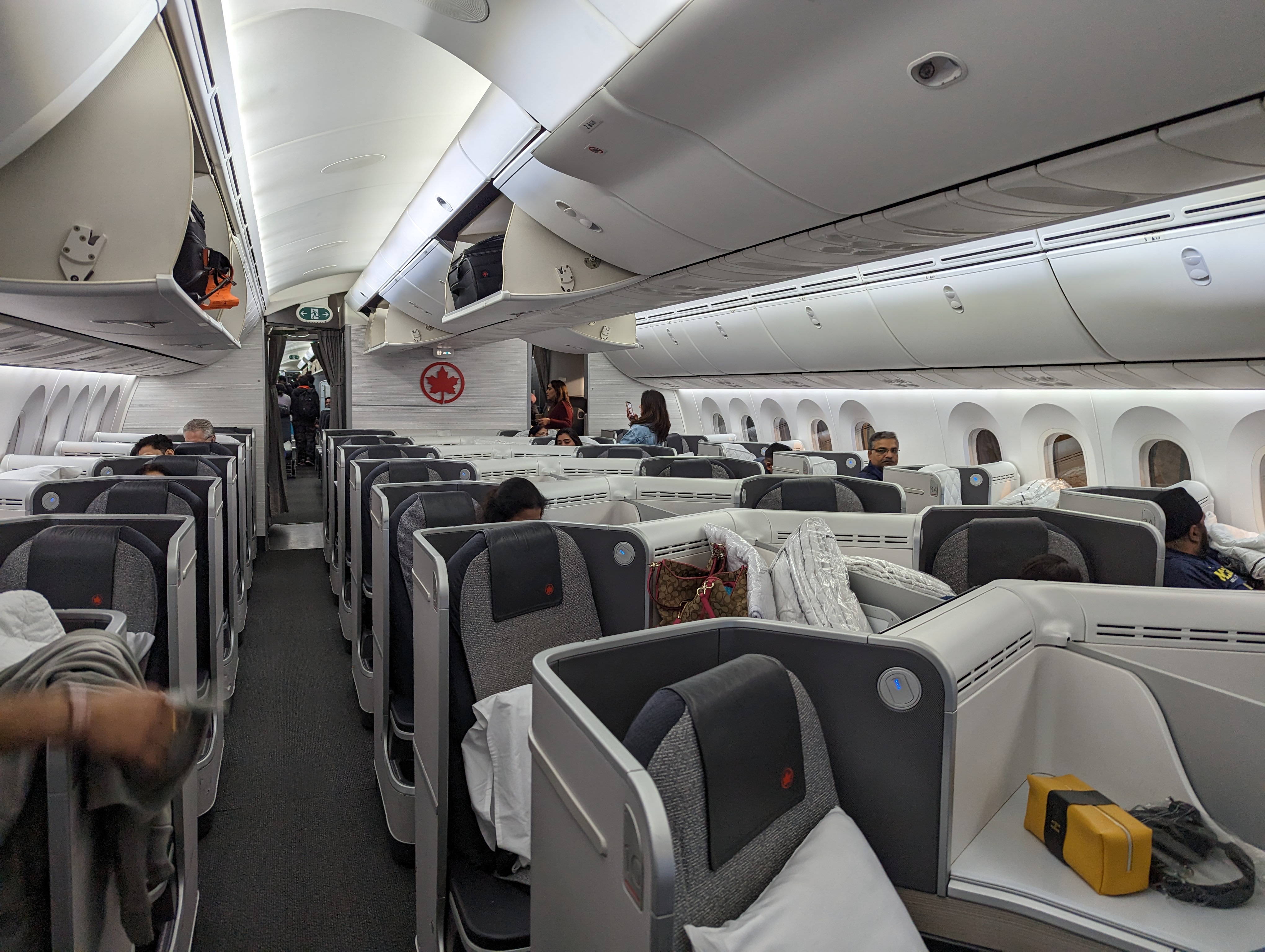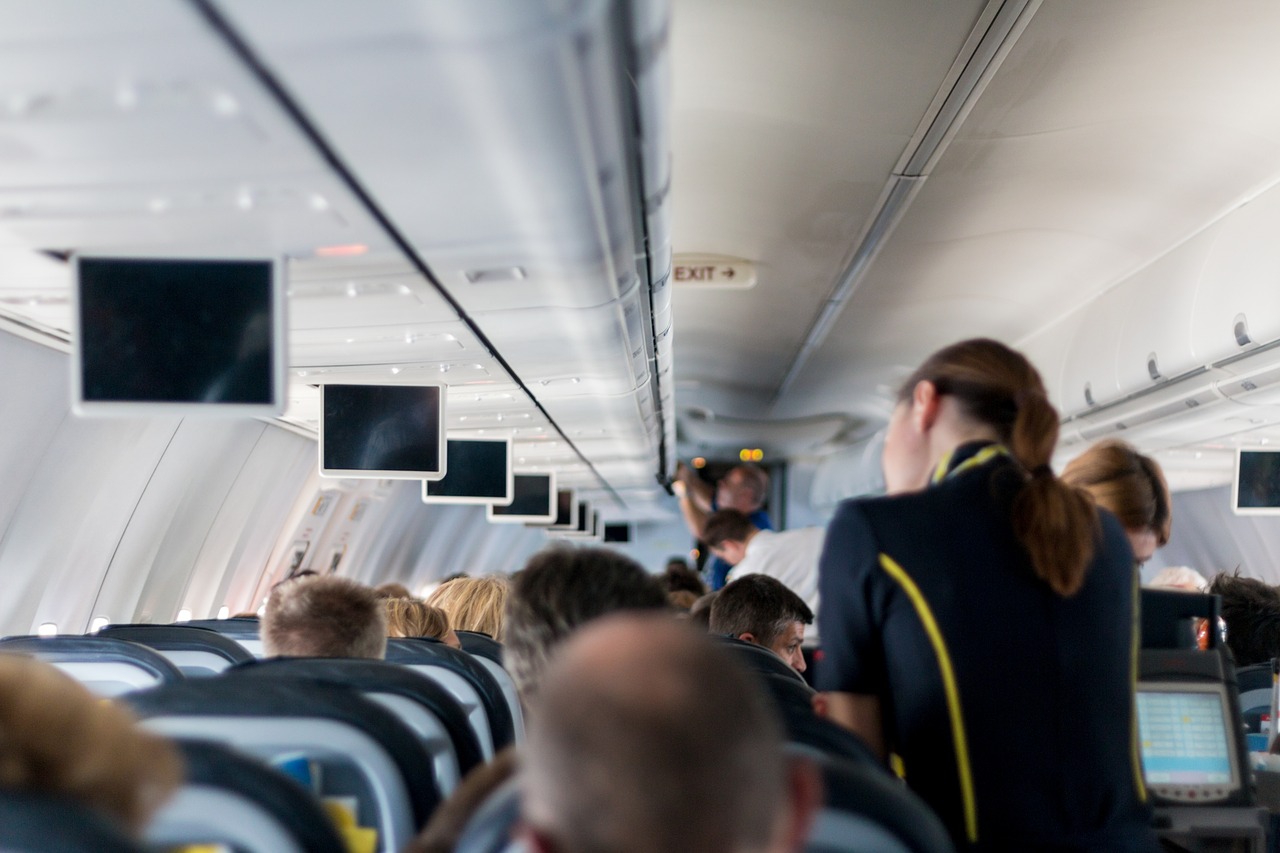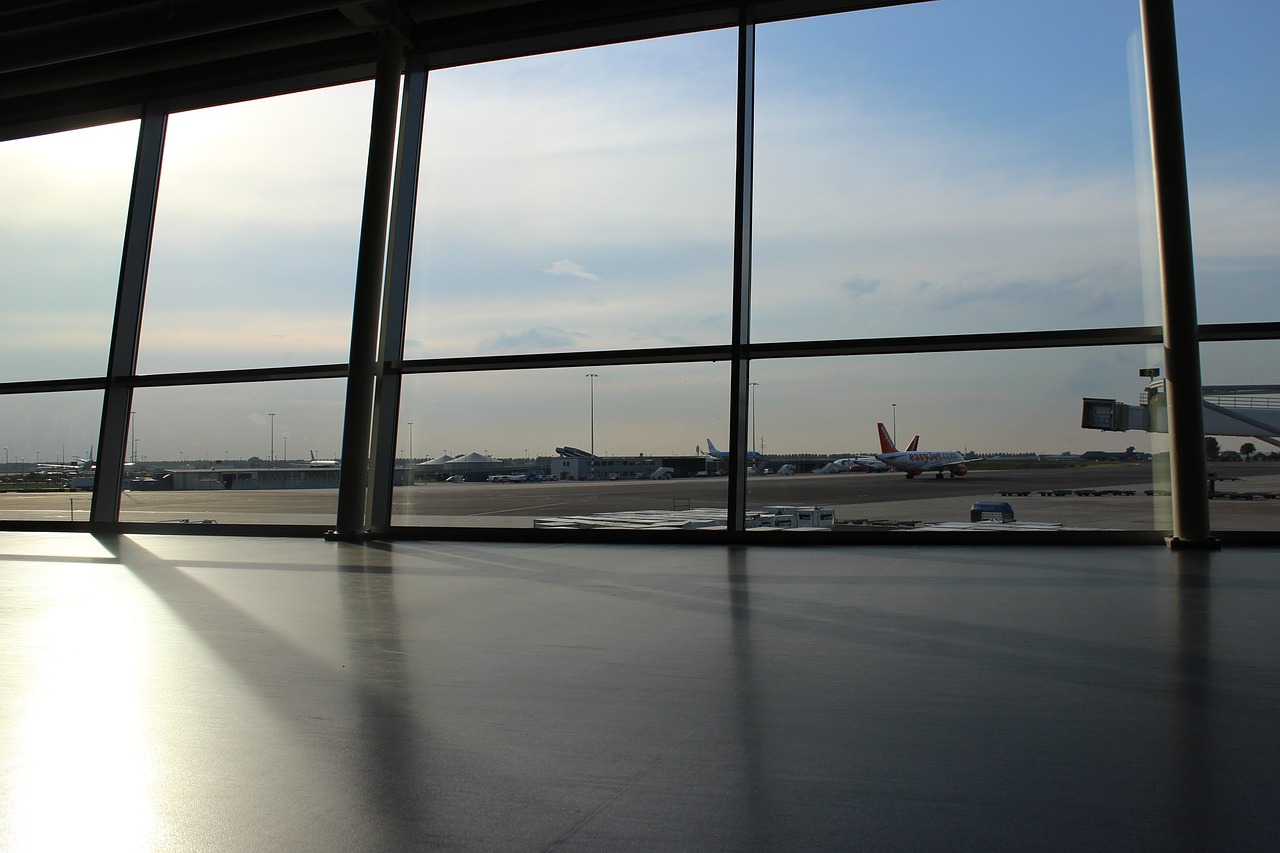Straight out of central casting works best on international business
By guest blogger Stefan Krasowski from Rapid Travel Chai
Greeting a flight in an international capital, the prospective business partners await a dignified, confident American in suit…and instead get a schlubby guy in an oversize polo, sleeves billowing below elbows and golf tournament sponsor logos everywhere. American tourists are teased world-wide for sticking out, after all, what other tourists go to the Louvre dressed for safari? American businesspeople are often similarly guilty, and it starts with a penchant for sloppy dress.
People from large countries have a tendency to project their home country views wherever they travel. Corporate HR departments provide cultural sensitivity training to bridge this gap. But the focus is only on trying to be more like the other culture, as if counterparts live in a vacuum, expecting the American to hop off the plane and act like them. Those who have seen backpackers in Southeast Asia wearing sarongs know where this leads. The less cosmopolitan the audience, the more traditional the view of Americans. Just as seeing the US president in casual clothes is jarring, many people expect the American to wear a suit on business even if local dress is vastly different.
Here’s how to play the part:
Research the country and culture: flattery gets you everywhere. Know what topics to avoid.
It starts with the flight: in many countries you will be greeted at the airport by business partners. Go ahead and be comfortable on the flight, but clean up prior to landing and at least have a crisp jacket when deplaning. If you must bring a backpack, carry it discretely by the handle.
Wear suits until they tell you to stop: and then maybe keep wearing them.
Polite, but not intimate, and mind the hierarchy: this is where the HR departments and culture books can help. Americans seem to get in the most trouble in hierarchical countries by showing excessive attention to counterparts lower on the hierarchy and expecting hierarchy to disappear in the evening over drinks.
Taste everything they serve you: bug-eyed with the dish in front of you is a tad late to invent an allergy.
Plenty of classy gifts: and not the corporate logo tricolor highlighter. This is particularly true in Asia but useful anywhere. Elegant gifts, handsomely wrapped, ideally with a hometown element (good story to tell) are always useful. Bring lots. Keep the ‘Made in USA sticker’ on but lose the ‘Made in China’ sticker, especially in China!
Don’t fly away and forget: many people assume Americans are short-term users of relationships. Show appreciation and attention after flying away.
Sound like a job interview? Yes, except for the gifts. That is exactly how you should treat international business trips. Play conservatively to audience expectations.







What great advise. I think that when giving those gifts you might want to think about gifts that are not only tasteful and made in the USA but also items that are useful and can help cut reduce carbon emissions. Just recognizing that flying is a big co2 emitter and then giving sustainable gifts like a made in usa wooden clothes drying rack or other energy saving devices show that you are not only respectful of their country but the whole world.